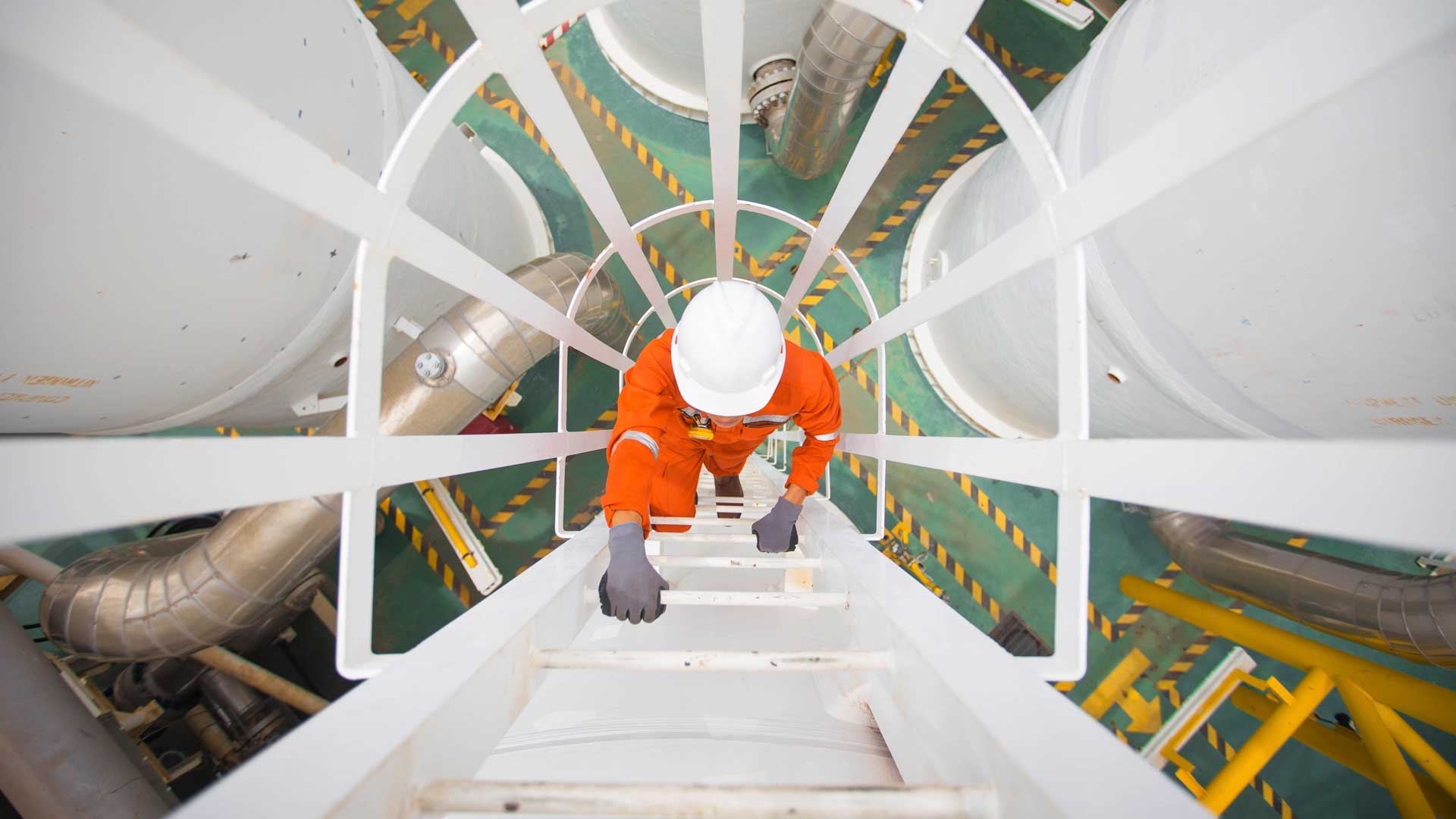While sustainability gains achieved through digitalization is not necessarily a new idea, it is one that reached a turning point in the past year. Now, as 2021 brings in a new American government with a renewed focus on the climate crisis, it is no longer a question of if but rather when and how companies will take the necessary steps towards cleaner, greener, more efficient, and yes, more competitive operations.
The sustainability expectations on American industry have been mounting for some time
Heavy asset industries have been put on the ‘wanted list’, held accountable for almost one-third of the world’s carbon emissions [1]. These industries represent goods and services, such as steel and chemicals, on which we are heavily reliant. Which means that the pressure is on to reduce emissions, improve efficiency and minimize overall environmental impact. All the while, these companies face new and more challenging demands to stay competitive with an increasing number of investors and banks adding ESG metrics to their decision making. Success is no longer measured by dollar signs alone, but on the societal, economic, and environmental value generated as well.
My company sees digitalization and sustainability as means to the same end. Digitalization is a natural catalyst for greater sustainability in an existing operation as well as for building new business opportunities via sustainable products and services with reduced waste, lowered emissions and reimagined ways of work. Most companies have everything they need to take three simple steps in this direction right now.
Step 1: Apply what you already have.

Your assets are valuable, and swapping out equipment incurs heavy costs. This makes it necessary to work with what you have for the time being, and your legacy operation is already generating more data than you think.
Your data may be locked in silos, trapped on spreadsheets, or simply stuck in an engineer’s head. It is possible to bring the data that is already there and fuse it meaningfully into a common representation of an asset, in real-time across the operations. It can then, for instance, reveal opportunities as to where power consumption can be reduced, waste product or maintenance issues should be addressed [2], or where you can introduce new energy efficiency measures based on usage or patterns. It’s about finding ways to improve your performance and increase your efficiency using the data you are already generating, to achieve enhanced sustainability until your assets are ready for greener replacement models.

Step 2: Break the historical bottlenecks.
The companies who have not embraced digitalization are most likely meeting the very same roadblocks to efficiency that they met 50 years ago. Those who have embraced a more digital way of work by replacing legacy processes with automated workflows, are likely to already be reaping the rewards of faster, more efficient, automatically run processes. Getting to that point wasn’t easy. Legacy processes tend to be so intertwined with the business itself, it can be extremely cumbersome and costly to extricate yourself from their hold. It’s a common issue, and it has given rise to more cloud-based solutions that can augment the current legacy systems, giving companies the benefit of automation without the headache of a complete technology swap. When work flows more efficiently, requiring less energy and waste, the operation is one step closer towards its profitable sustainability goals.

Step 3: Move with confidence
The third step towards profitable sustainability isn’t about technology. It’s about culture, leadership, and taking strong positions. Your organization and your industry at-large need to see signs that sustainability can equate profitability, in order to truly embrace it. And then you need to communicate it and move with it confidently.
Major change has never been achieved without passionate advocates backing it, the people who spout the promise of a better future and tell you how to get there. Early movers in the energy supermajors like Total and BP are making headway [3] in the energy transition buying stakes in offshore and solar leaders and making bold commitments to emissions reductions. Their leaders [4] take clear, bold positions [5] on the need for industry to remain profitable by becoming more sustainable, and they are broadly recognized for it.
Just as we scale technology, we need to scale these bolder mindsets across the industry, not only because it builds collective momentum and strength. Whereas like a health- or environmental crisis on the part of one company can drag down the entire industry, pulling together, sharing best practices and communicating progress, can bring the broader industry to a higher level.

Let 2021 be the sustainability turning point in your operation
In 2021, as Covid-19 hopefully abates, let’s stay focused on a shared goal for all of us in asset-intensive industries. The sustainability of our operations is no longer an optional, on-the-side activity that yields no real value. You’ve proven that you can change and adapt in the face of a crisis. As we know, an even greater crisis is looming and it’s one that threatens the future of our planet. Let’s once again come together to transform our industries, moving from culprits to contributors, as we play a pivotal part in building a more sustainable (and profitable) future.
[1] https://www.energy-transitions.org/publications/mission-possible/
[2] https://www.powermag.com/using-data-analytics-to-improve-operations-and-maintenance/
[3] https://www.greentechmedia.com/articles/read/total-buys-stake-in-adani-green-energy-the-worlds-biggest-solar-developer
[4] https://renews.biz/65734/equinor-bp-win-25gw-ny-offshore-wind-auction/
[5] https://www.cnbc.com/2020/06/17/oil-bp-on-how-quickly-global-carbon-emissions-would-need-to-fall-to-reach-net-zero-by-2050.html

